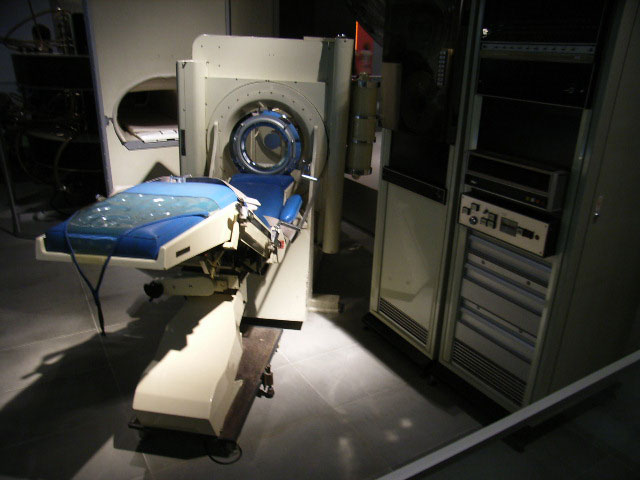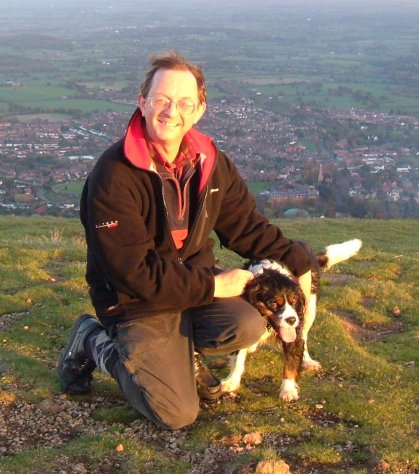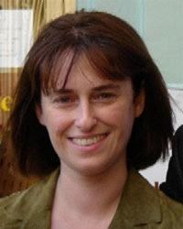How Math Can Save Your Life: Tomography
| |
|
|
| |
|
A CAT scan of the inside of a head
|
Can math really save your life? Of course it can! Math has applications to many problems that are vital to our health and happiness. For example, Florence Nightingale saved countless lives by a careful application of mathematics in the form of medical statistics (and went on to become the first female member of the Royal Statistical Society).
Tomography has become one of the most important applications of mathematics to the problems of keeping us alive. Modern medicine relies heavily on imaging methods, beginning at the start of the 20th Century with the early use of X-Rays. Essentially imaging methods take two forms, internal and external.
X-Ray and ultrasound methods work by having an external source of radiation that comes from a source outside the body. The radiation is then detected after it has passed through the body, and an image is constructed from the way that this source is absorbed. When X-Rays are used the process is called computerized axial tomography (CAT). (The word tomography comes from the Greek work tomos meaning "slice" and graphia meaning "describing.")
Other imaging methods, including magnetic resonance imaging (MRI), positron emission tomography (PET), and SPECT, use a source internal to the body. These methods have certain advantages over CAT both in image resolution and in safety, as X-Rays can easily damage soft tissue.
The basic mathematics behind tomography was worked out by the mathematician Radon in 1917. In the 1960’s Allan McLeod Cormack, working in collaboration with Electric and Musical Industries Ltd and Godfrey Hounsfield, developed the first practical scanning device, the celebrated EMI scanner. For this work, Cormack won the Noble Prize.

A historic EMI head scanner
Early models could only scan an object the size of a human head, but whole body scanners followed shortly after.
Medical imaging works because of a combination of very careful measurement techniques, sophisticated computer algorithms, and powerful mathematics. The mathematics of tomography has many other applications, including imaging the atmosphere, solving an ancient murder mystery, and detecting land-mines. It also helps solve Sudoku puzzles.
About the Authors
Dr. Chris Budd , Professor
of Applied Mathematics, University of Bath, Professor of Mathematics, Royal
Institution of Great Britain
Chris Budd is Professor of Applied Math and director
of the Bath Institute for Complex systems, at the University
of Bath, UK where he works on mathematical problems that arise
in industry. His interest in tomography started when
he was working in industry looking at problems concerned
with the remote sensing of the earth using satellite data.
He is also interested in as a diverse a range of problems
as micro-wave cooking, weather forecasting and the mathematics
of folk dancing.
He is also a passionate populariser of math, and serves as
the Professor of Mathematics at the Royal Institution, giving many
talks to schools and other bodies. He has written the
popular math book Mathematics Galore.
http://people.bath.ac.uk/mascjb/
Dr.
Cathryn Mitchell, Department
of Electronic and Electrical Engineering,
University of Bath
Cathryn Mitchell has always been interested in mathematical puzzels and has particular enthusiasm for those that can reveal something about the natural world. She studied at the University of Wales and completed her PhD there before moving to Bath in 1999 where she currently a Professor of Engineering. She leads a research group at Bath with diverse interests ranging from GPS satellites to medical imaging and space physics, all linked together through the underlying technique of tomography.


|



